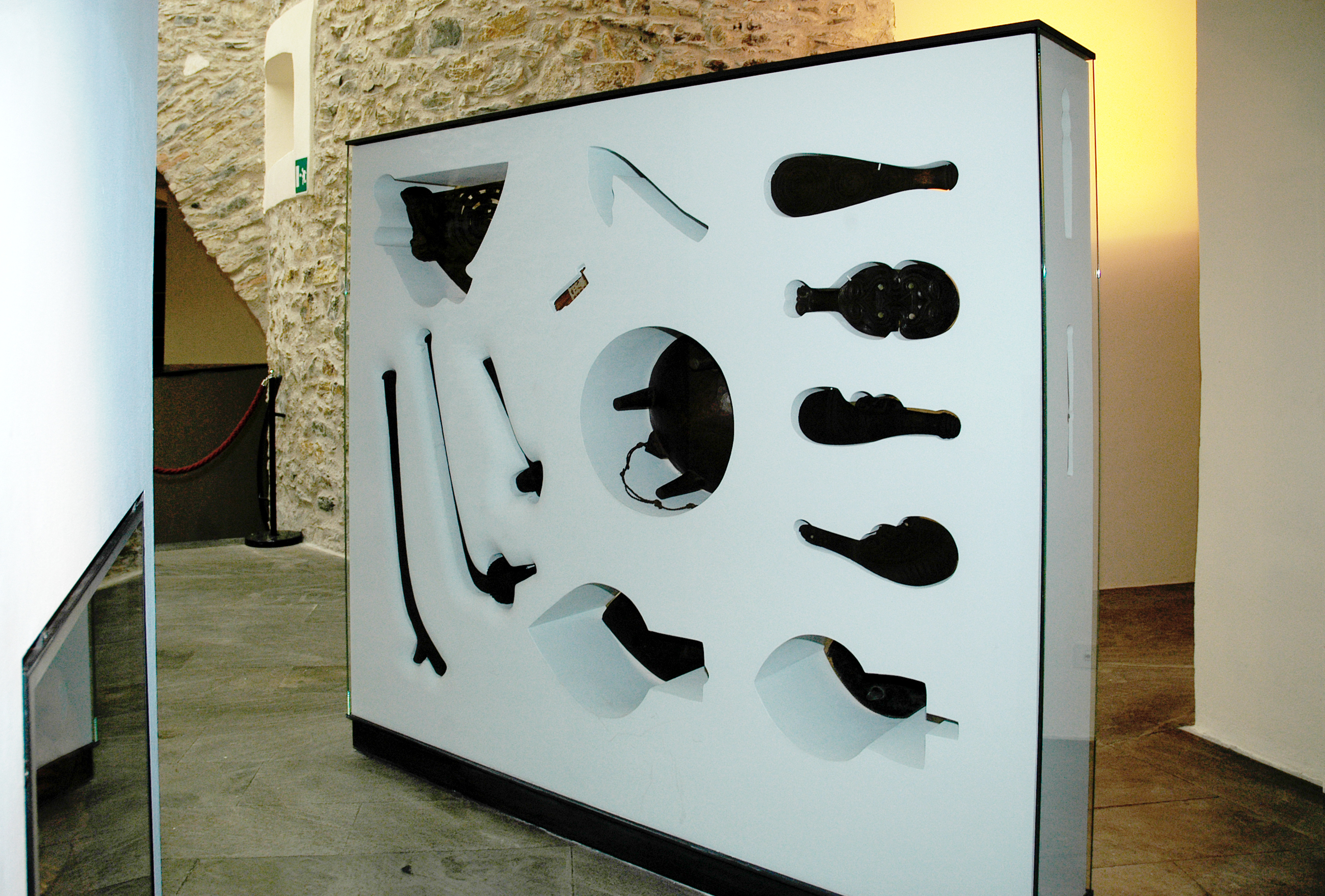
Click here to view image

Click here to view image

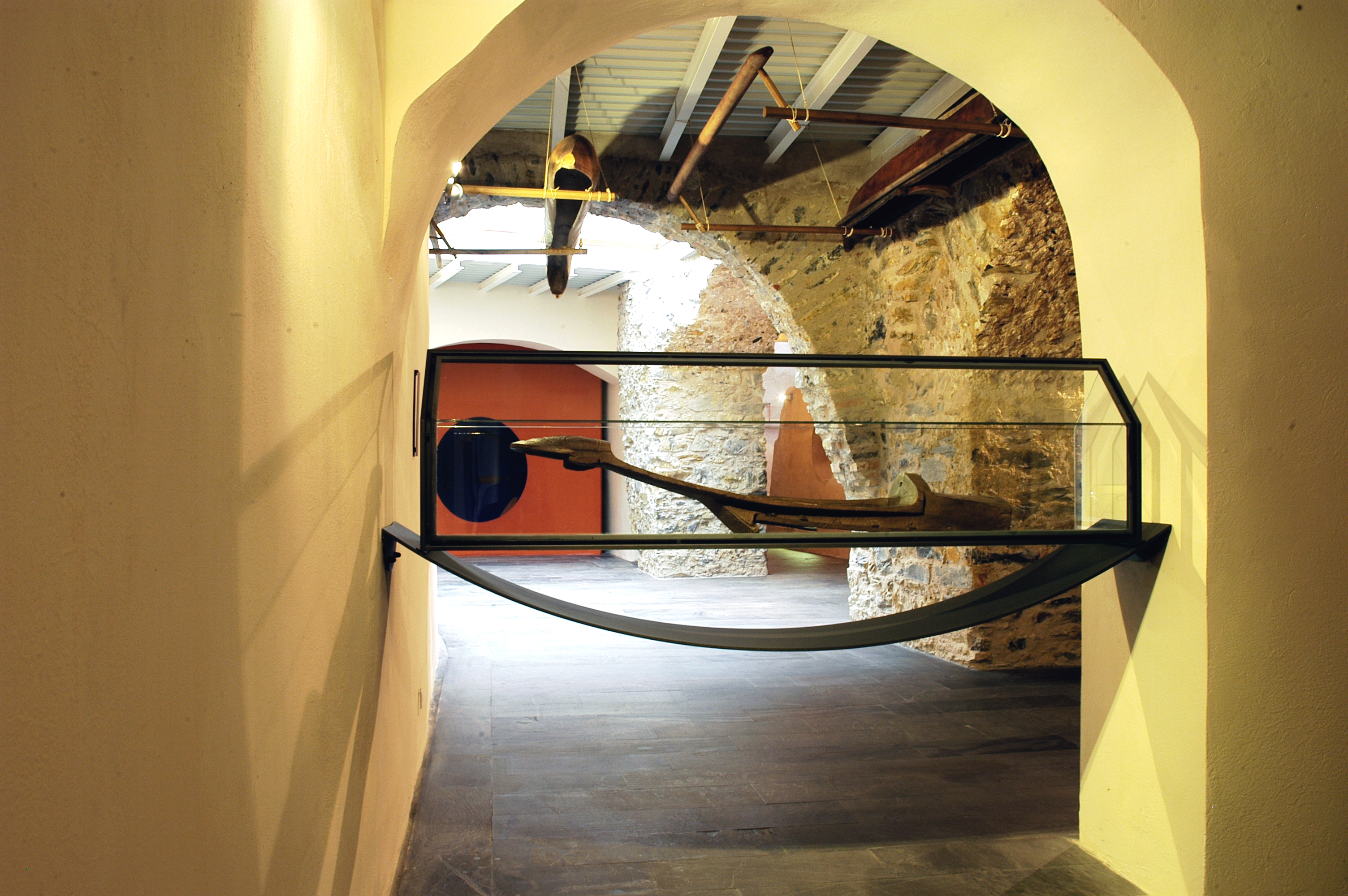
Click here to view image

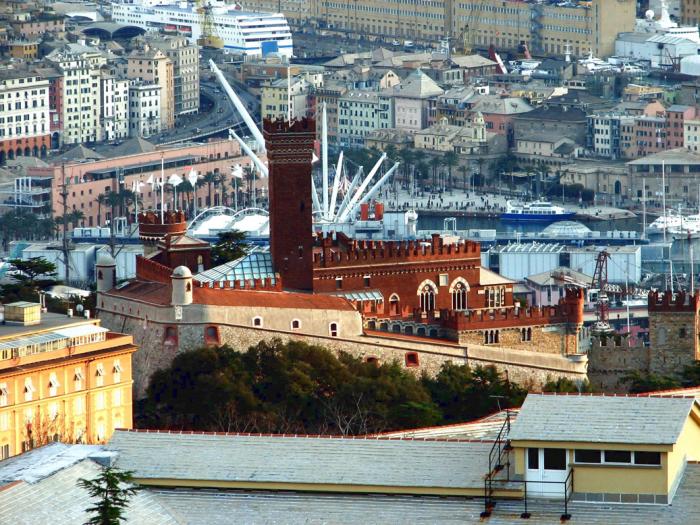
Click here to view image


Click here to view image

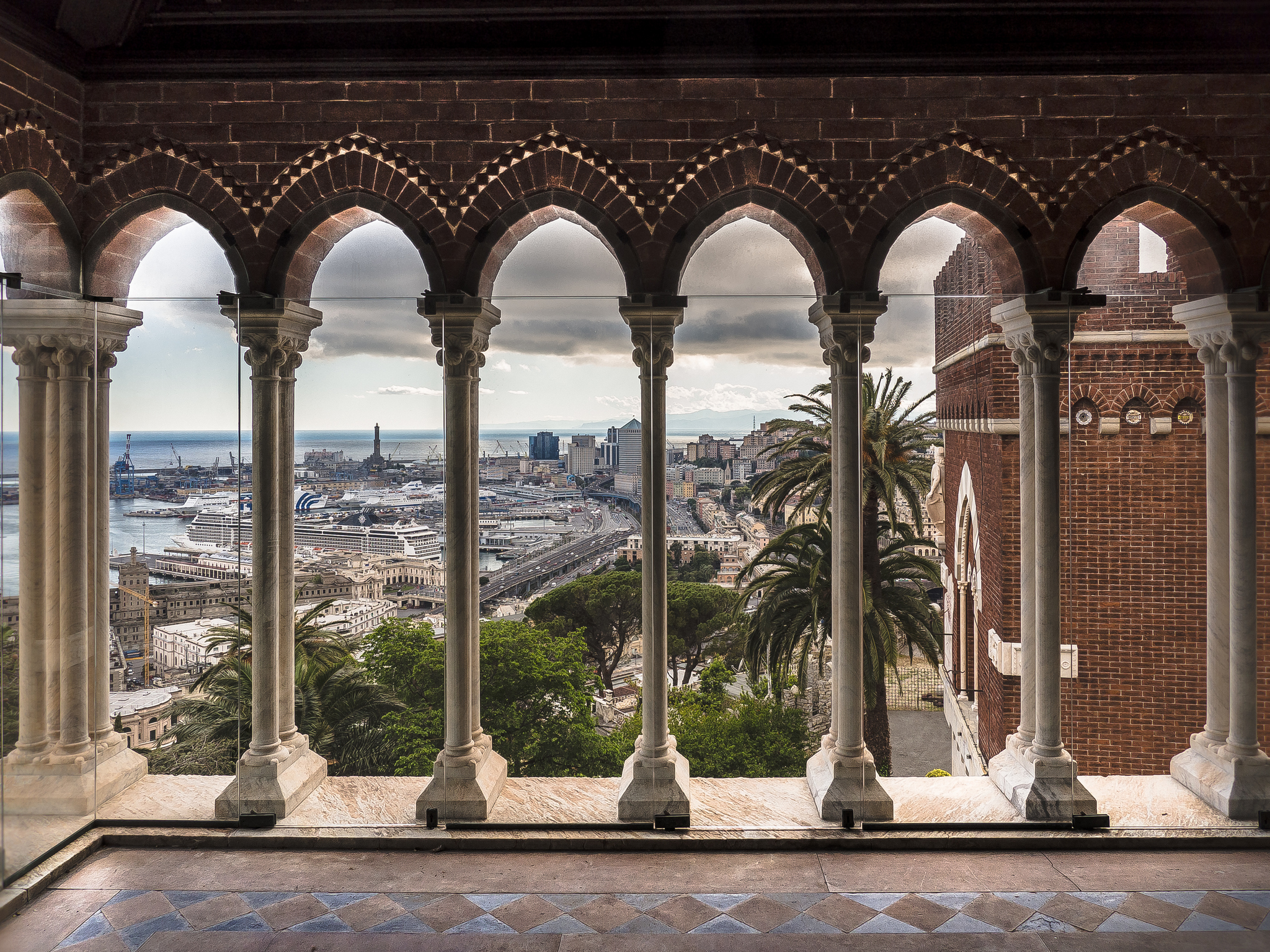
Click here to view image

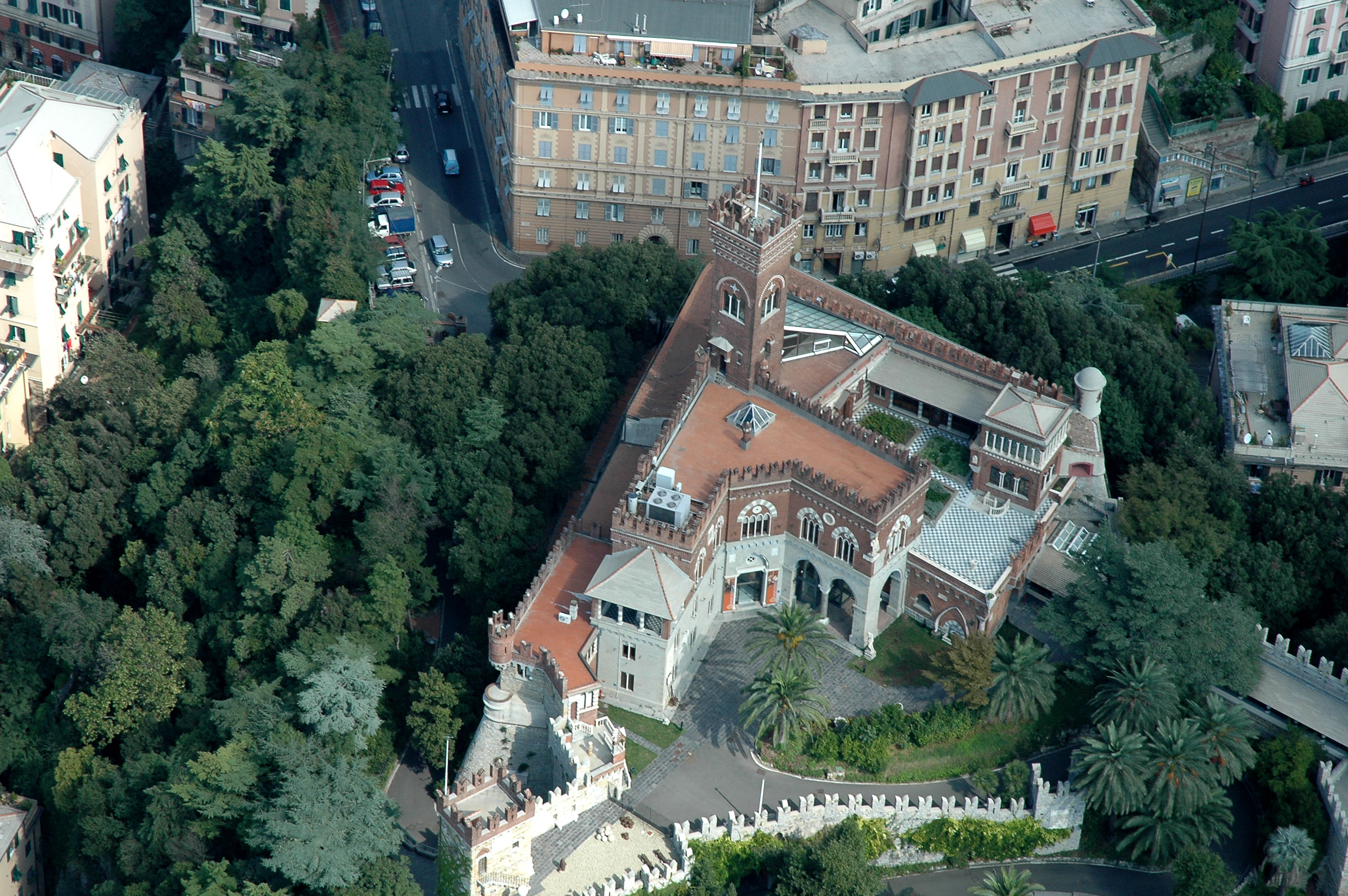
Click here to view image

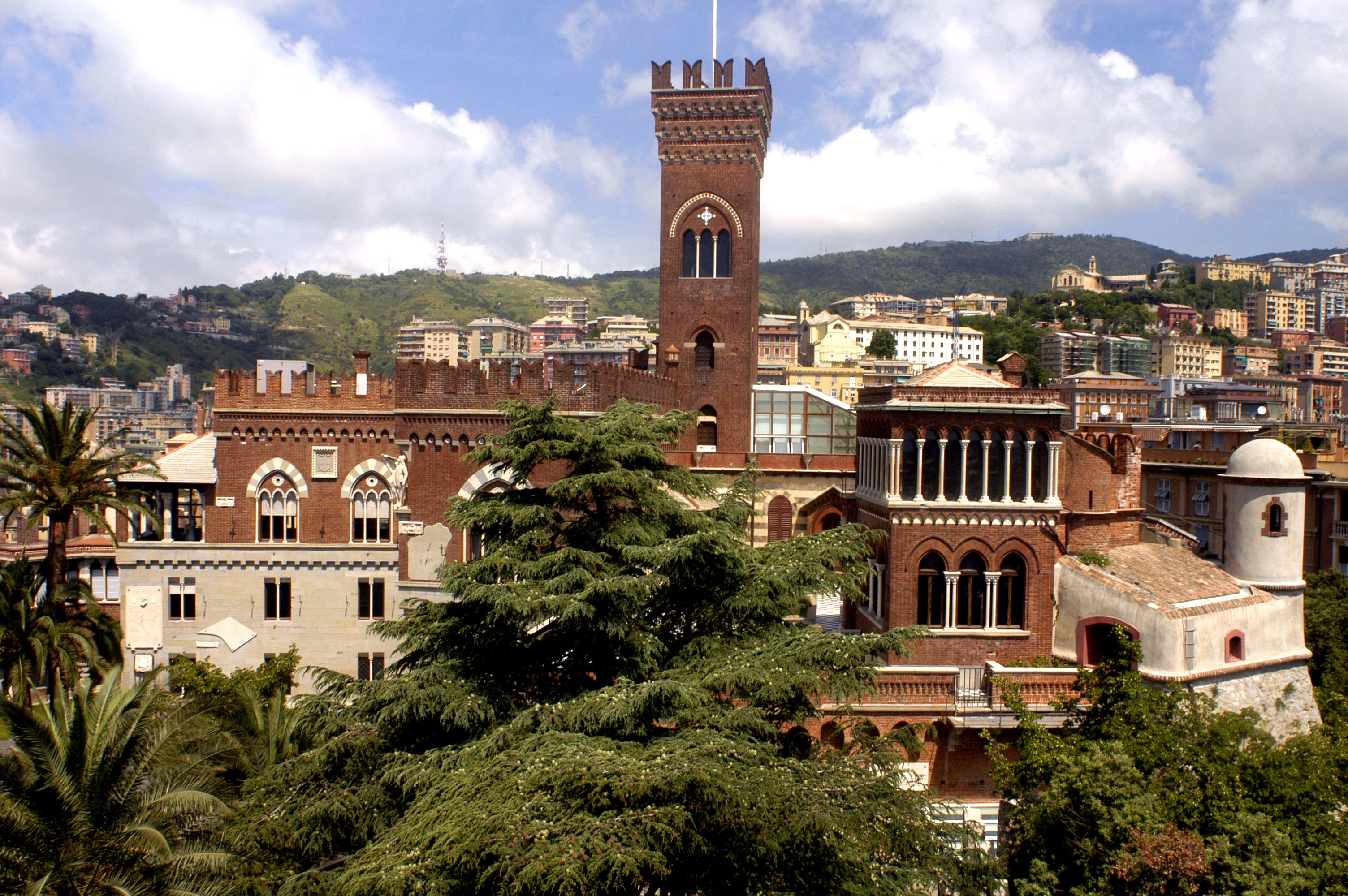
Click here to view image

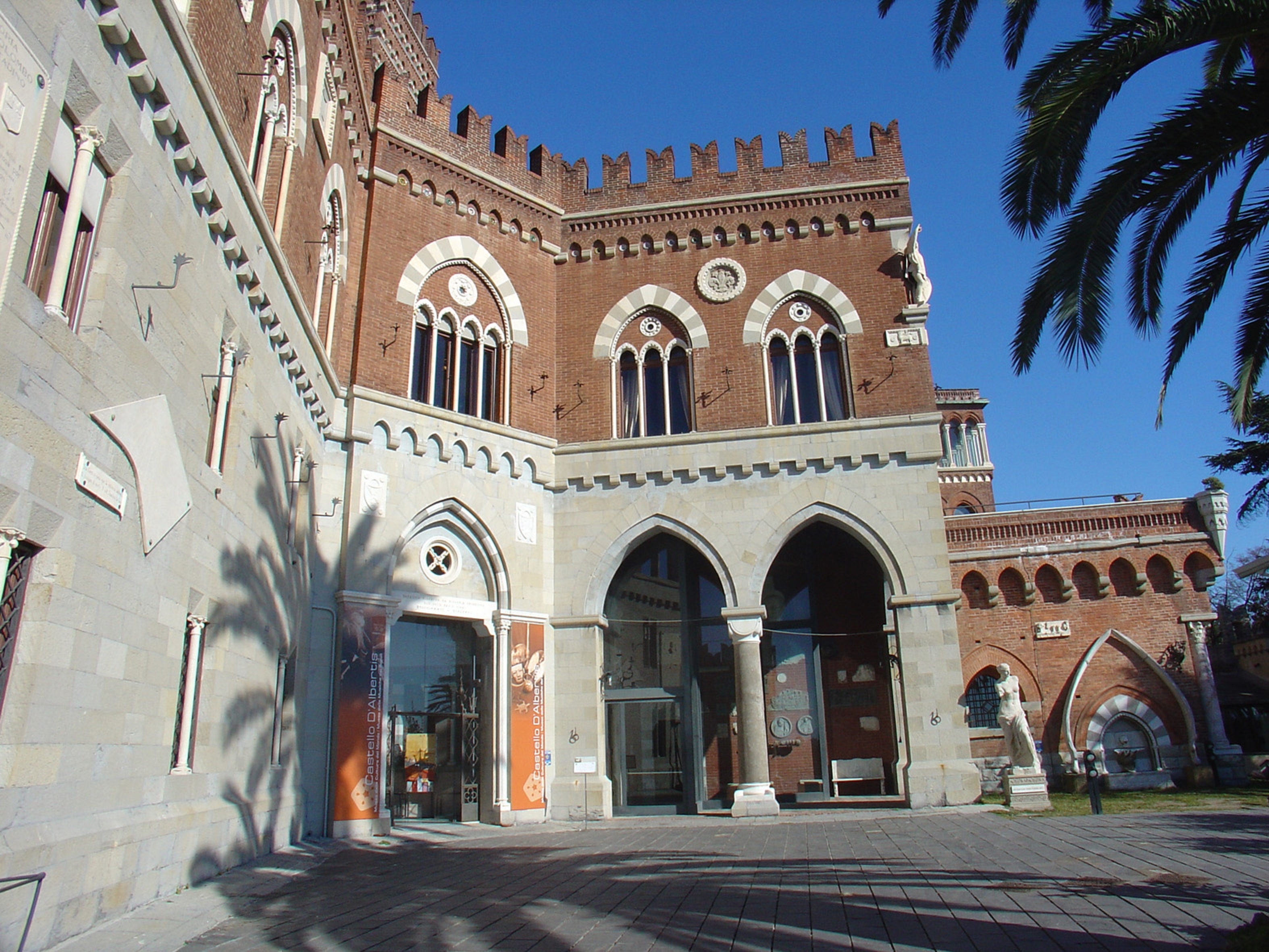
Click here to view image

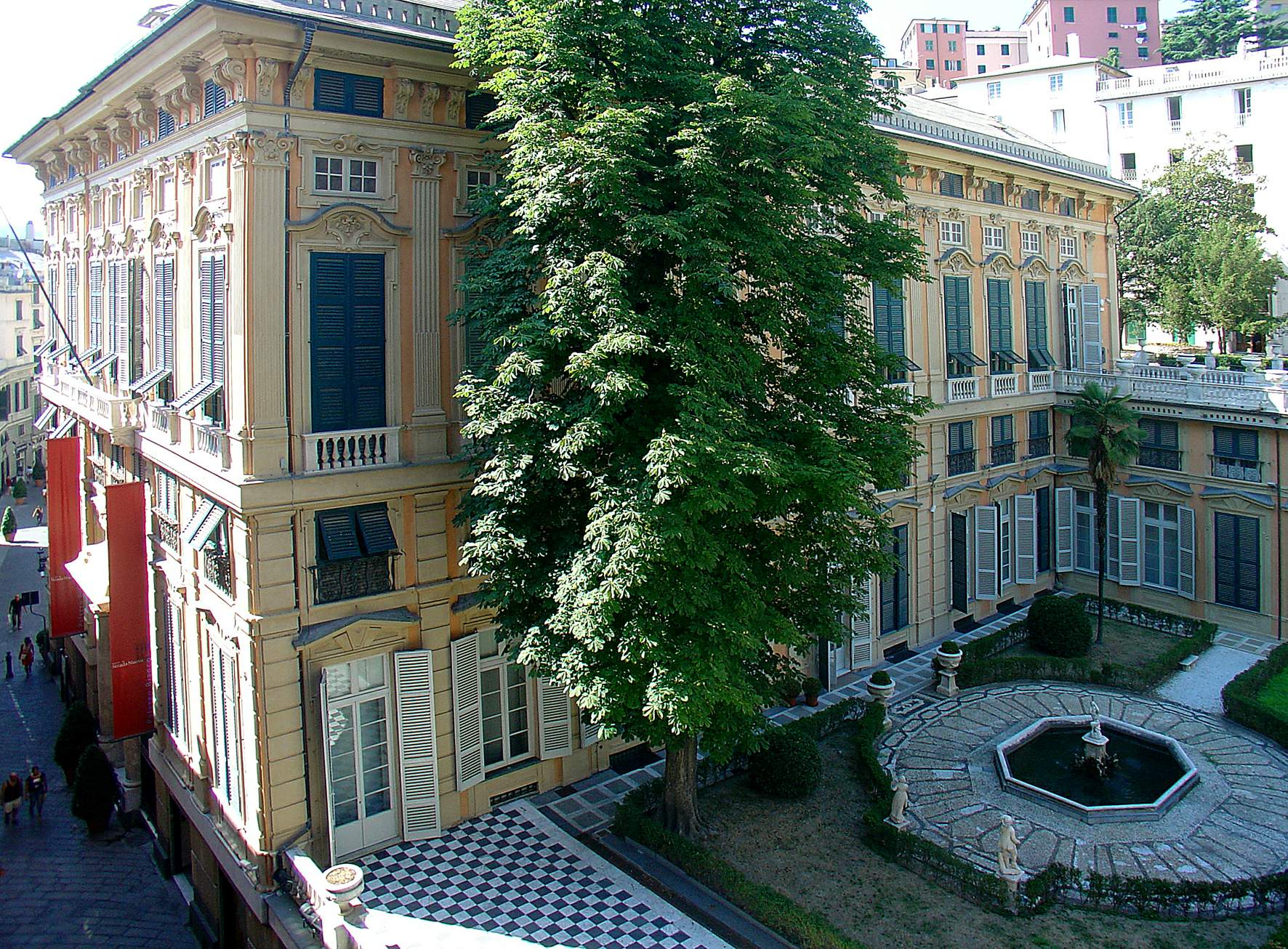
Click here to view image

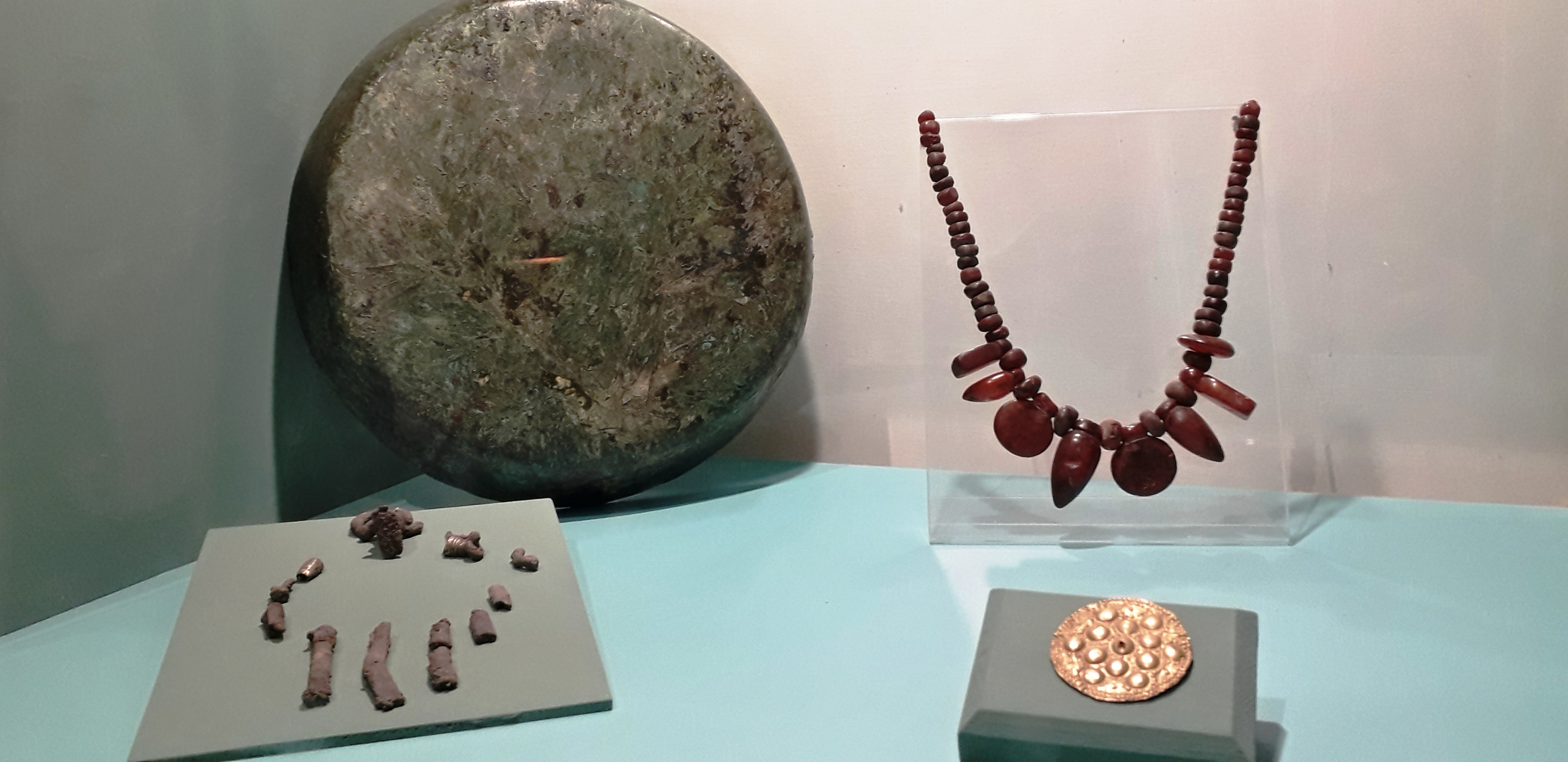
Click here to view image
Tomb 30 of the pre-Roman necropolis of Genoa
1899/01/05
ambito etrusco-ligure
Tomb 30 of the pre-Roman necropolis of Genoa
grave
Unità di misura: UNR (
bronzo
I Liguri. Un antico popolo europeo tra Alpi e Mediterraneo. - Genova, Commenda di Pre - 2004
The tombs of the necropolis were found in the stretch of Via XX Settembre between Piazza De Ferrari and the Ponte Monumentale, namely under Via S. Defendente and under the foundations of the houses of the then Via Giulia and the church of Nostra Signora del Rimedio. They were not lined up but rather scattered without apparent order. The tombs consisted of circular shafts, about 2 metres deep and closed at about 2/3 of the height by a roughly hewn stone slab. In the lower space, the cinerary vessel and other grave goods were deposited; other objects were also found on some occasions above the closing stone, raising the question of the contemporaneity of their deposition. In the case of t. 30, the grave goods testify to the breadth of contacts in Genoa, the crossroads of Tyrrhenian trade and the overland routes to the Po Valley: the precious clothing complements of the deceased, which are not found in the funerary customs of Genoa, denote their origin from a Golasecchian environment, perhaps even from the Como area. This trousseau appears to be an effective example of the policy of matrimonial strategies deployed by the centres of the Golasecca culture as part of a system of alliances aimed at reinforcing agreements for the activation of trade routes that connected, in this case, the Tyrrhenian coast with the territories of the Po Valley and, through these, with the rich transalpine markets. The deceased, of high social rank, had integrated into the host community, while retaining elements of the costume typical of her area of origin, and was buried following the ritual in use in Genoa. Overall, the grave goods seem datable to the second half/last quarter of the 5th century BC. Tomb 30 was closed by two covering stones, each 1 metre long and 80 and 20 cm thick respectively. According to initial records, the grave goods, which appear to be essentially homogeneous, consisted of an Attic Kelebe, now lost, a bronze tray with animal bones and one or more cups that have been lost; in addition to ashes, the crater contained a rich set of jewellery, damaged by exposure to the fire of the funeral pyre.




Headquarters:
Municipality of Genoa - Palazzo Tursi
Via Garibaldi 9 - 16124 Genoa
C.F / VAT 00856920102